-
 World's first commercially available microprocessor (4-bit)
World's first commercially available microprocessor (4-bit) -
-
 An influential early 8-bit microprocessor that powered many early personal computers.
An influential early 8-bit microprocessor that powered many early personal computers. -
 An influential 8-bit microprocessor used in early computers, industrial control, and arcade games.
An influential 8-bit microprocessor used in early computers, industrial control, and arcade games. -
-
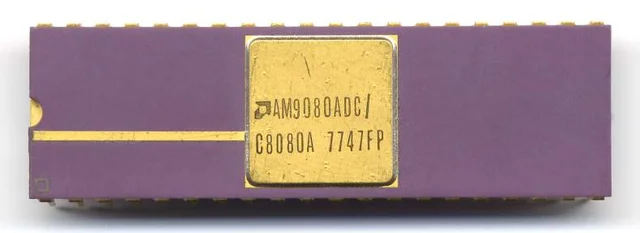 A clone of the Intel 8080, AMD's first significant processor.
A clone of the Intel 8080, AMD's first significant processor. -
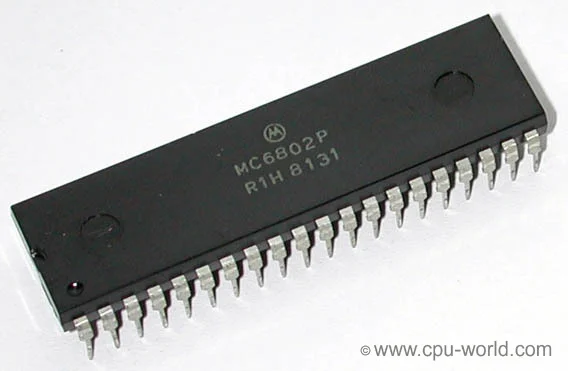 Adds on-chip clock oscillator and RAM to the 6800, forming a self-contained microcontroller.
Adds on-chip clock oscillator and RAM to the 6800, forming a self-contained microcontroller. -
 The start of the x86 architecture, still dominant today.
The start of the x86 architecture, still dominant today. -
 A more advanced 8-bit design, popular in color computers and gaming systems of the era.
A more advanced 8-bit design, popular in color computers and gaming systems of the era. -
 A hybrid 16/32-bit architecture. Pioneered concepts used in modern processors, foundational to computers like the Apple Macintosh and Amiga.
A hybrid 16/32-bit architecture. Pioneered concepts used in modern processors, foundational to computers like the Apple Macintosh and Amiga. -
-
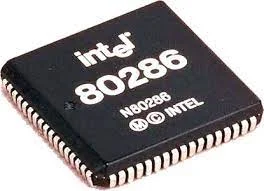 Used in the popular IBM PC/AT, bringing increased power to desktop computing.
Used in the popular IBM PC/AT, bringing increased power to desktop computing. -
 A clone of the Intel 80286, helping AMD establish itself in the PC market.
A clone of the Intel 80286, helping AMD establish itself in the PC market. -
-
 The first full 32-bit processor in the 68k family, used in later Macintoshes, Unix workstations, and high-end Amigas.
The first full 32-bit processor in the 68k family, used in later Macintoshes, Unix workstations, and high-end Amigas. -
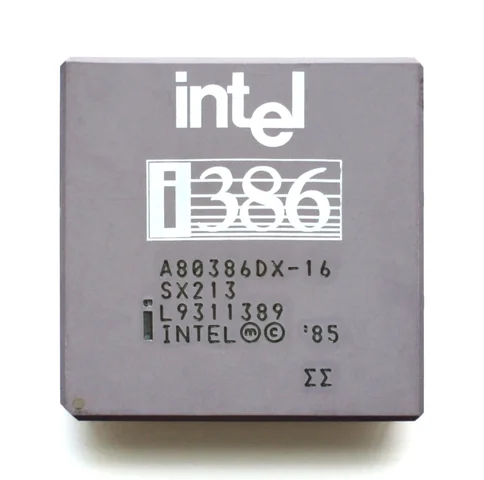 The first 32-bit x86 processor, enabling more advanced software.
The first 32-bit x86 processor, enabling more advanced software. -
 Enhanced the 68020 with on-chip data/instruction caches and a memory management unit (MMU).
Enhanced the 68020 with on-chip data/instruction caches and a memory management unit (MMU). -
 Integrated a math coprocessor and cache, significantly boosting performance.
Integrated a math coprocessor and cache, significantly boosting performance. -
 A fully integrated processor with an FPU (floating-point unit) and further cache improvements.
A fully integrated processor with an FPU (floating-point unit) and further cache improvements. -
 Superscalar architecture for parallel instruction execution, a major performance leap.
Superscalar architecture for parallel instruction execution, a major performance leap. -
 The first PowerPC processor, a RISC architecture born from an alliance between Motorola, IBM, and Apple.
The first PowerPC processor, a RISC architecture born from an alliance between Motorola, IBM, and Apple. -
-
-
 The final significant processor of the mainstream 68k line, focused on superscalar performance.
The final significant processor of the mainstream 68k line, focused on superscalar performance. -
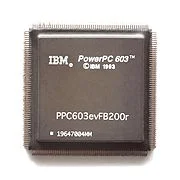 Low-power designs aimed at laptops.
Low-power designs aimed at laptops. -
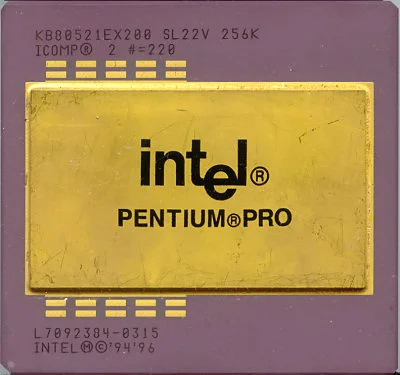 Optimized for 32-bit software, aimed at servers and workstations.
Optimized for 32-bit software, aimed at servers and workstations. -
 High-performance design intended for desktop computers and servers.
High-performance design intended for desktop computers and servers. -
 AMD's first in-house x86 architecture design, positioned to compete with Intel's Pentium.
AMD's first in-house x86 architecture design, positioned to compete with Intel's Pentium. -
-
 Significant performance improvements, including MMX multimedia extensions.
Significant performance improvements, including MMX multimedia extensions. -
 Introduced MMX instructions for multimedia acceleration.
Introduced MMX instructions for multimedia acceleration. -
 Used in Apple's iMacs and iBooks, bringing PowerPC to mainstream consumers.
Used in Apple's iMacs and iBooks, bringing PowerPC to mainstream consumers. -
 Added SSE instructions for further multimedia and 3D graphics optimizations.
Added SSE instructions for further multimedia and 3D graphics optimizations. -
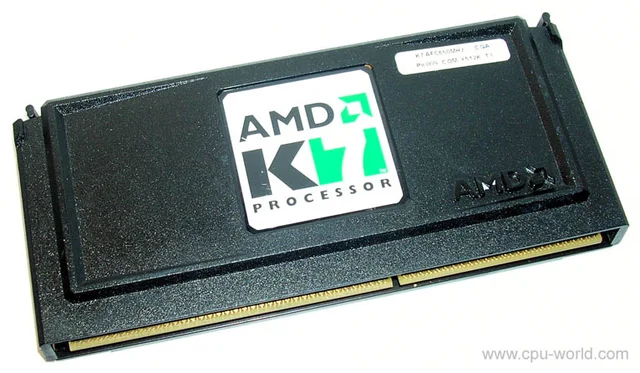 Extremely successful architecture that put AMD on the performance map with high clock speeds and great value.
Extremely successful architecture that put AMD on the performance map with high clock speeds and great value. -
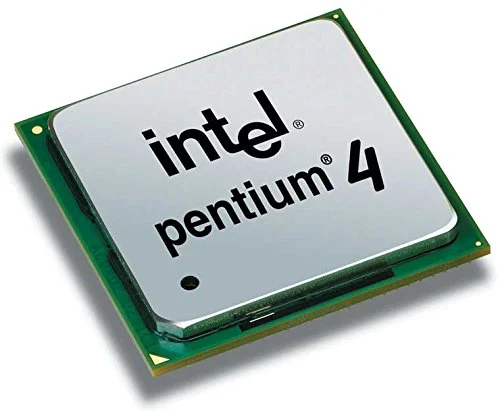 NetBurst architecture with a very deep pipeline, focusing on high clock speeds. Hit limitations due to heat and power issues.
NetBurst architecture with a very deep pipeline, focusing on high clock speeds. Hit limitations due to heat and power issues. -
-
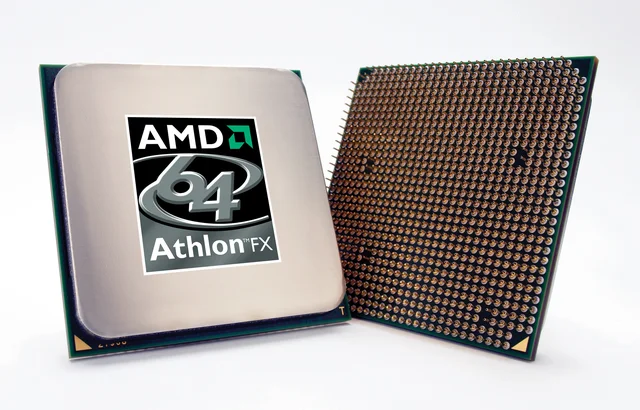 ntroduction of AMD64, extending x86 to 64-bit computing, and on-die memory controller for significantly improved performance.
ntroduction of AMD64, extending x86 to 64-bit computing, and on-die memory controller for significantly improved performance. -
-
 The first mainstream dual-core desktop processors by AMD.
The first mainstream dual-core desktop processors by AMD. -
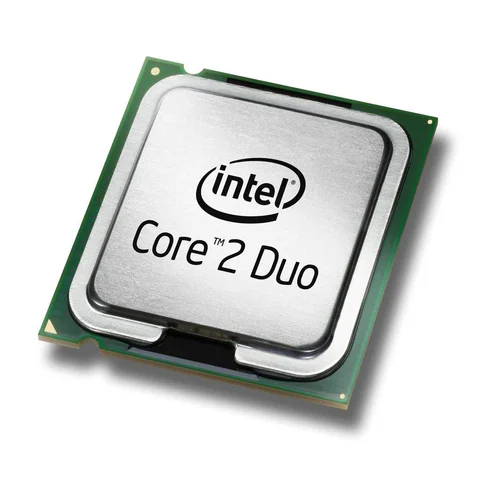 A return to efficiency; outperformed Pentium 4 at lower clock speeds.
A return to efficiency; outperformed Pentium 4 at lower clock speeds. -
 First native quad-core desktop processors from AMD.
First native quad-core desktop processors from AMD. -
 The last generation of PowerPC processors used by Apple before their transition to Intel.
The last generation of PowerPC processors used by Apple before their transition to Intel. -
-
 Introduced the now-familiar Core i3, i5, i7 models. Major architectural update offering increased performance per clock.
Introduced the now-familiar Core i3, i5, i7 models. Major architectural update offering increased performance per clock. -
 Aimed at high core counts, but fell behind Intel in single-core performance and efficiency.
Aimed at high core counts, but fell behind Intel in single-core performance and efficiency. -
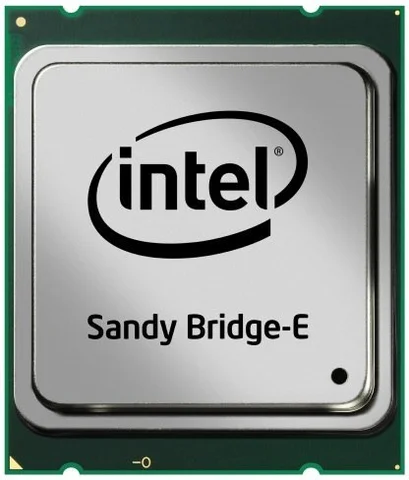 Integrated graphics on the processor die, significant performance improvements.
Integrated graphics on the processor die, significant performance improvements. -
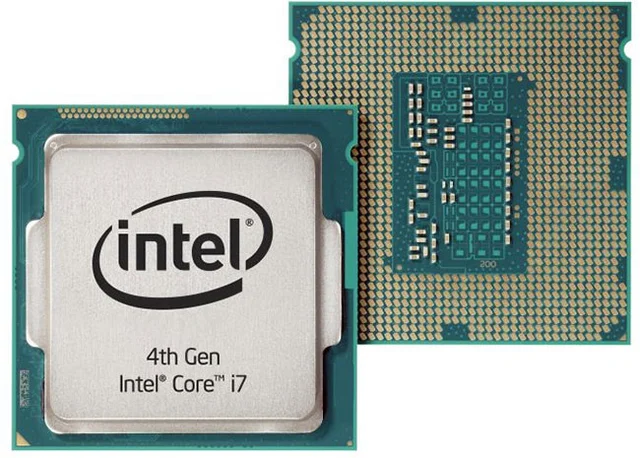 Focused on power efficiency and integrated voltage regulator.
Focused on power efficiency and integrated voltage regulator. -
-
 Refinement of 14nm process, new microarchitecture.
Refinement of 14nm process, new microarchitecture. -
 Increased core count in mainstream processors.
Increased core count in mainstream processors. -
 A massive comeback with significantly improved instructions per clock (IPC), increased core counts, and competitive pricing, revitalizing AMD.
A massive comeback with significantly improved instructions per clock (IPC), increased core counts, and competitive pricing, revitalizing AMD. -
-
 Refined design, 7nm manufacturing process, major efficiency and performance gains – overtook Intel in many scenarios.
Refined design, 7nm manufacturing process, major efficiency and performance gains – overtook Intel in many scenarios. -
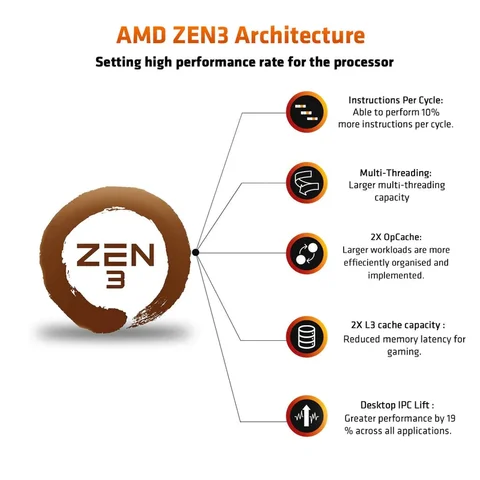 Impressive architectural improvements for further single-core and gaming leadership.
Impressive architectural improvements for further single-core and gaming leadership. -
 A leap with hybrid architecture with performance and efficiency cores, support for DDR5 and PCIe 5.0.
A leap with hybrid architecture with performance and efficiency cores, support for DDR5 and PCIe 5.0. -
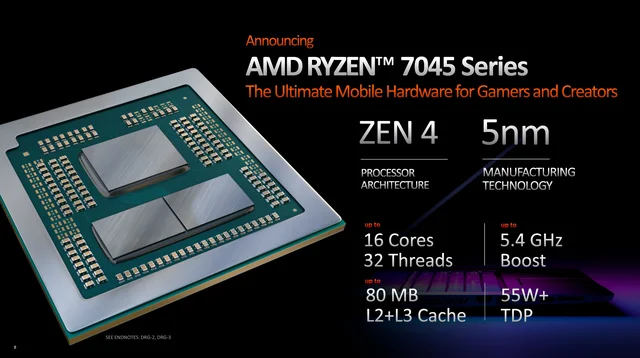 Continued refinements, offering leadership performance and efficiency, introduction of AM5 socket.
Continued refinements, offering leadership performance and efficiency, introduction of AM5 socket. -